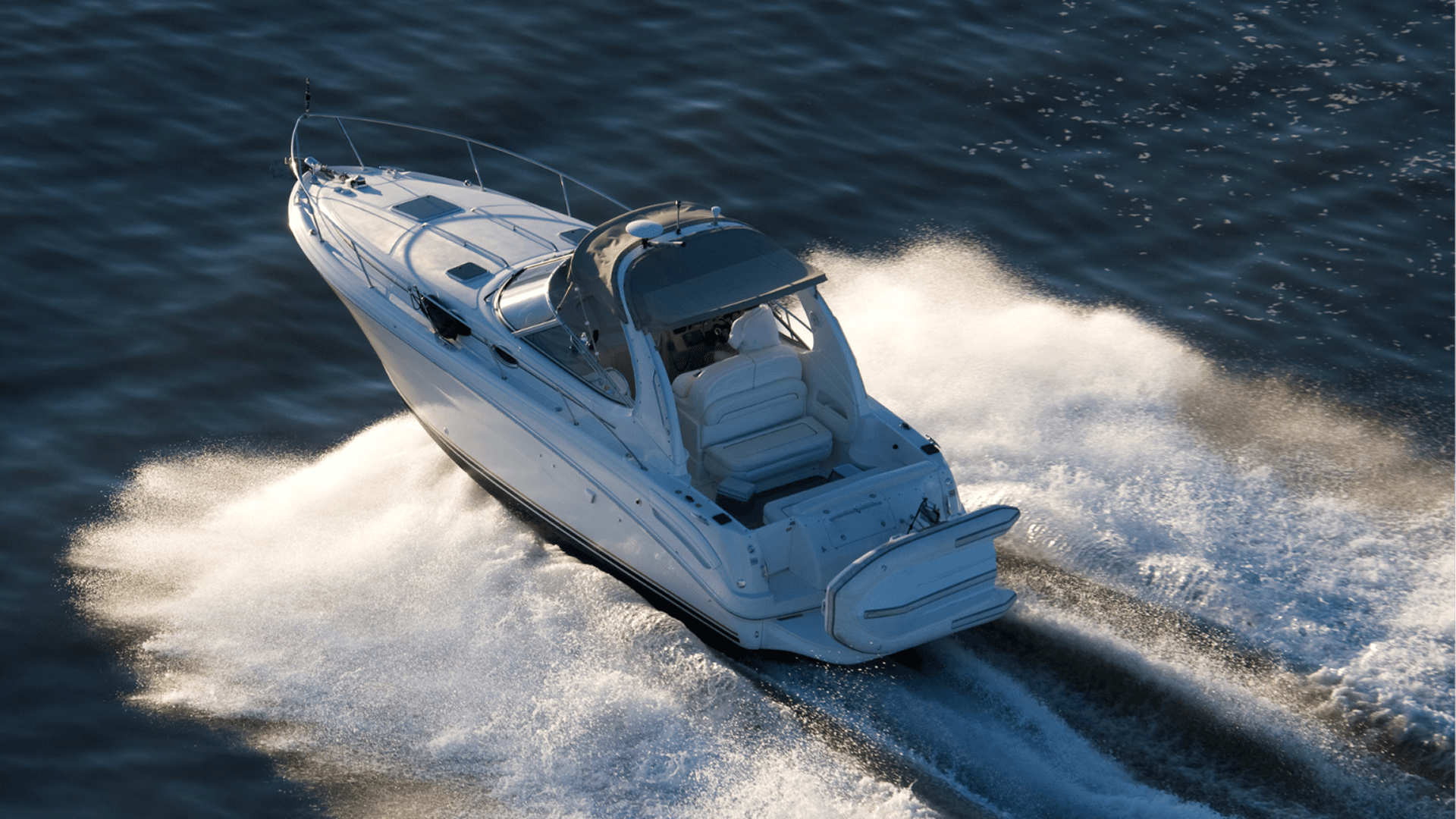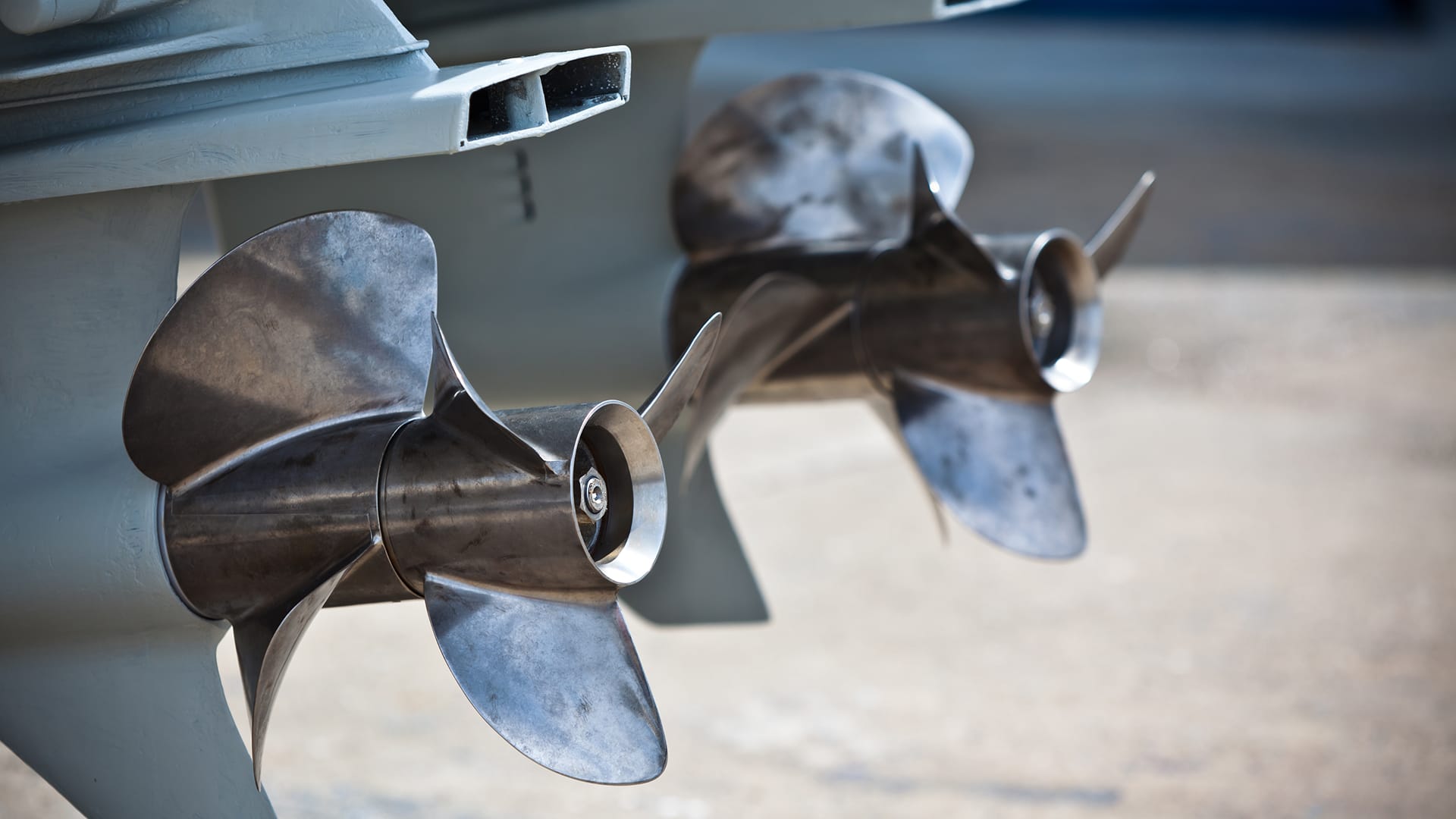Ever asked yourself, what pitch prop do I need? Picking the right prop isn’t just about making your boat move. It’s about hitting the sweet spot for smooth running, speed, and acceleration. The wrong choice can hurt boat performance and even damage the boat’s engine. So today, let’s talk about prop pitch in plain words.

Understand Propeller Pitch Before Buying
When you hear propeller pitch, think of it as the distance your boat propeller would move forward in 1 turn if it were going through a solid material. If your prop rotates once and moves 19 inches forward, that’s a 19-inch pitch. Clear, right? In water, it’s a bit less because of the slip.
A lower pitch prop spins more easily. That means a strong hole shot and better acceleration. But it can limit the top speed of your boat and raise engine RPMs.
A higher pitch moves further each turn. This can give more thrust at higher speeds and decrease engine RPMs at cruise. But too much can bog down the motor of your boat.

Avoid Too Much Pitch or Too Little Pitch
Going with too much pitch makes your boat feel sluggish. It can’t spin up fast enough, which affects the acceleration. It may also drop your engine RPM below the safe zone at wide open throttle.
On the flip side, too little pitch can make your boat’s motor scream. Engine RPMs will climb too high, stressing the boat’s motor and burning more fuel.
Match Pitch to Your Boat Performance Goals
Now, think about how you use your boat most. If you want quick acceleration and power for watersports, a lower pitch prop will give you that hole shot. And if you’re chasing top speed and longer trips at a steady pace, a higher pitch can give you effortless cruising and better fuel efficiency.
Why Prop Diameter Matters Too
Pitch is only part of the equation. The propeller diameter, or the width of the circle made by the blade tips, affects how much water is moved. Making sense, right?
A smaller diameter prop spins faster and can boost speed for boats that are lightweight. A larger one pushes more water for heavier boats. The diameter and pitch work together.
Changing one often means adjusting the other.
When to Choose Stainless Steel Props
Material matters A LOT! Stainless steel props are strong and stiff. They keep their shape at high speeds, which means consistent boat performance. They’re also great for maximizing top speed or precision handling. But they can cost you more than aluminum props.
When to Choose Aluminum Props
Aluminum props are lighter and generally less expensive. They can work well for lighter loads and casual boating. They also may flex slightly at high speed, which can affect the performance of your boat, but they’re still a solid choice for many boats.

How the Trailing Edge Affects Your Ride
The trailing edge is the back part of the propeller blade. A sharp edge generally reduces drag and boosts speed. A rounded one may give convenient handling. Small design changes here, along with minor tweaks to the blade tips, can make a huge difference in grip and water flow.
The Role of Propeller Size in Engine Health
Getting prop size right is more than just about the speed of the watercraft. The wrong size can put your motor outside its ideal range at wide open throttle. Too much pitch or too large a propeller can decrease engine RPMs below spec. Too little pitch or too small a prop can make engine RMPs too high. Either way, you’re compromising on the efficiency and possibly damaging parts.
Why Same Pitch Doesn’t Mean Same Performance
Two props with the same pitch can feel entirely different. Differences in blade tips, propeller diameter, and trailing edge design all change how your boat moves on the water. That’s why you can’t just copy a friend’s propeller specs and expect identical results.

Test at Wide Open Throttle
The most reliable way to know if you have the right pitch is to test at wide open throttle.
Load your boat the way you normally would. Run it up and watch the RPM of the engine. If it’s in the manufacturer’s recommended range, you’re close. If the RPM is low, try a lower pitch prop. If it’s too high, go for a higher pitch.
Balancing More Thrust & Top Speed
Some boaters want more thrust for pulling skiers or heavy loads. Others just want top speed for open water runs. Pitch choice changes the balance. This means:
- Lower pitch = stronger push
- Higher pitch = more distance per turn.
Your use decides the sweet spot. Still unsure? Talk to your local propeller experts. They will give you the best advice.
Watch for Changes in Load
If you often switch between heavy and light loads, you may need two props. One with a lower pitch for hauling and the other one with a higher pitch for light cruising. It’s not uncommon for boat owners to swap boat propellers based on the trip ahead.

Final Word on What Pitch Prop Do I Need
The best answer depends on your motor, your boat, and how you use them. Propeller pitch, propeller diameter, and material all play a huge part.
Too much pitch, too little pitch, wrong size, any of these can affect boat performance. The right match keeps engine RPMs in the sweet spot at wide open throttle, giving you the acceleration, great speed, and efficiency you want.
And remember, prop size, prop pitch, and diameter and pitch aren’t just numbers on paper. They’re the keys to how your boat feels on the water.
Get the Right Prop From Prop Depot in Tennessee
If you’re still asking yourself, What pitch prop do I need, Prop Depot can help you find the answer. We are a Tennessee-based propeller company and an authorized dealer for OJ, Mercury, ACME, Powertech, and Solas. Our inventory covers everything from new propellers to outboard & sterndrive propellers, pod drive propellers, cruiser propellers, and aluminum props.
You’ll find trusted brands like Powertech Propellers, Acme, Mercury, OJ Propellers, Solas, Volvo Penta, Michigan Wheel Cruiser Propellers, and Quicksilver Propellers. And if you need repairs, we offer Acme prop repair, OJ prop repair, Volvo IPS/pod drive repair, Solas Bravo III prop repair, cruiser prop repair, and more.
Call us today to get the right prop for your boat and expert guidance on the pitch that’s best for you.
